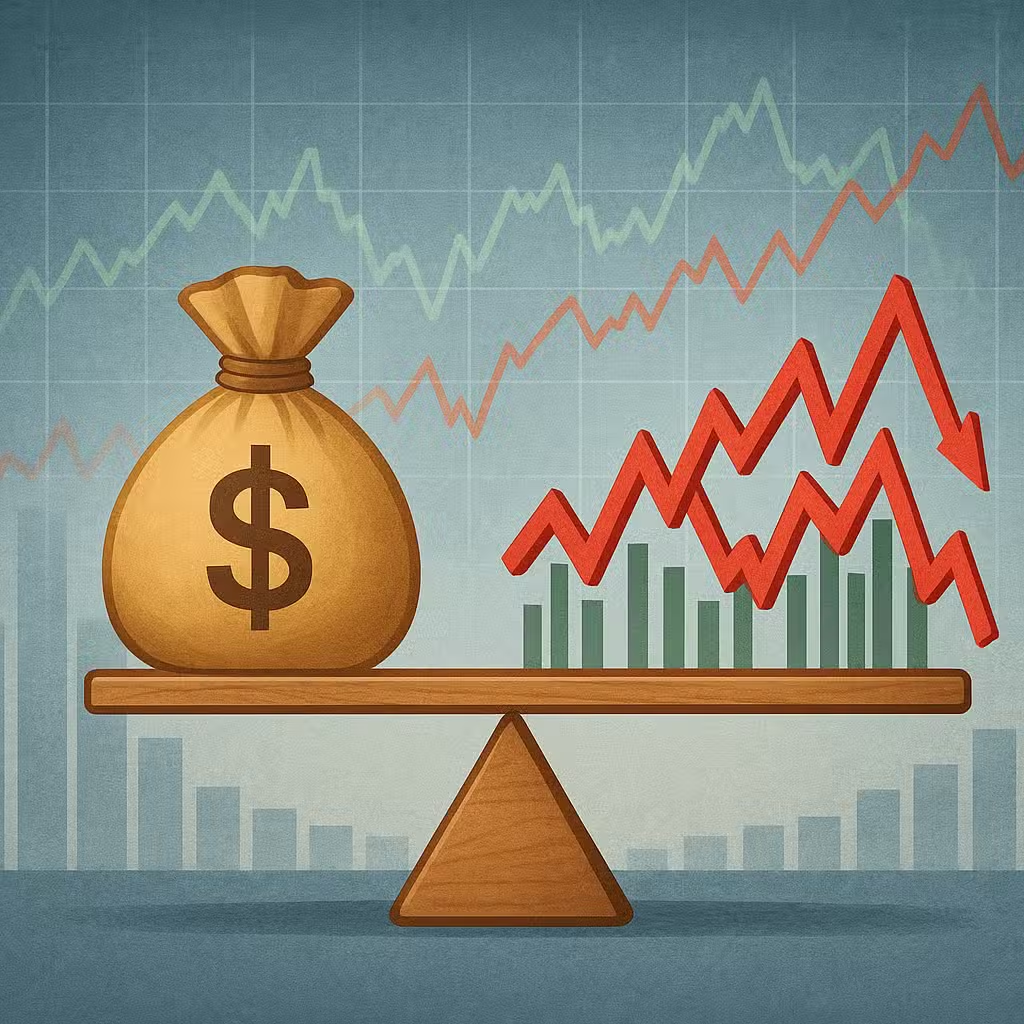American Airlines’ Slow Shift to Luxury Travel May Impact Competitive Edge and Investor Returns
Imagine owning a bakery that used to be the busiest in town, but now your two biggest rivals are selling fancier cakes and making more money. That’s a bit like what’s happening with American Airlines today.
Why Investors Should Care
If you invest in airlines, or even just watch your 401(k), changes at American Airlines can ripple through the whole travel sector. The company’s struggles—and attempts at a comeback—could affect airline stocks, loyalty programs, and even travel credit cards.
In 2024, American Airlines made only $12 million in profit during the first nine months, while Delta pulled in $3.8 billion and United earned $2.3 billion. American’s stock is down 20% this year, while its rivals are up. That’s a big gap for the largest airline by flights.
Bulls: Reasons for Optimism
- Turnaround Efforts: American is investing in better lounges, fancier food, and upgraded business class seats.
- New Leadership: CEO Robert Isom and a new chief commercial officer are trying to rally the 130,000+ employees and win back customers.
- Tech Upgrades: American is working on a better website and app, and plans to roll out new features like searching for flights by vacation theme.
- Credit Card Deals: A new mid-tier card with Citi could bring in more revenue from loyalty programs, which are a huge moneymaker for airlines (source).
- Signs of Progress: American’s latest profit forecast beat Wall Street’s expectations, and the stock jumped 16% in a week.
Bears: Reasons for Concern
- Poor Customer Reviews: American ranked last in a major customer satisfaction study this year (J.D. Power).
- Late to Trends: The airline was slow to add more premium seats and better tech, putting it behind Delta and United.
- Debt Load: American has nearly $37 billion in debt, and plans to cut only $2 billion by 2028.
- Operational Issues: On-time arrivals ranked 9th out of 10 major airlines in the first half of the year.
- Lost Partnerships: A blocked deal with JetBlue left American weaker in key markets like Boston and New York, while United quickly scooped up a JetBlue partnership.
Historical Context & Data
American Airlines was once a trendsetter, inventing the first frequent flyer program (AAdvantage). But today, loyalty programs bring in more money for airlines than ticket sales in some years. For example, in 2023, major U.S. airlines made over $5 billion from selling miles to banks for credit cards (Wall Street Journal).
Rivals like Delta and United are investing over $1 billion a year to improve customer experience, from free Wi-Fi to new luxury seats. American is now playing catch-up, but these investments take years to pay off.
Pros and Cons of American’s New Strategy
- Pros:
- Better lounges, food, and seats could attract more high-paying customers.
- Tech improvements may boost sales and loyalty.
- New credit card deals can drive steady revenue even if ticket sales lag.
- Cons:
- Heavy spending may take years to show results.
- Debt limits how much American can invest without risk.
- Customer trust takes time to rebuild after years of lagging service.
Investor Takeaway
- Watch for Early Signs: Keep an eye on quarterly earnings and customer satisfaction scores for hints that American’s turnaround is working.
- Compare the Competition: Delta and United are ahead, but American’s changes could help it close the gap if executed well.
- Consider Loyalty Programs: Airline credit cards and frequent flyer programs are big profit centers. Look for growth here, not just from ticket sales.
- Weigh the Risks: Heavy debt and slow progress mean investors should be patient and cautious with new bets on American Airlines stock.
- Diversify: Airline stocks can swing wildly. Consider spreading your travel sector investments across several companies or funds.
For the full original report, see CNBC







